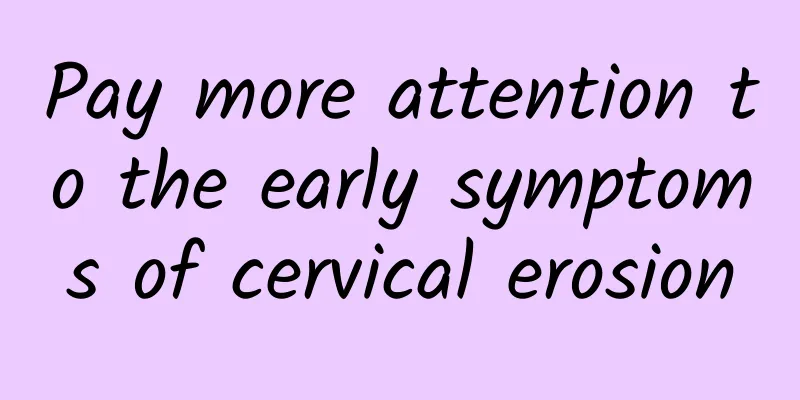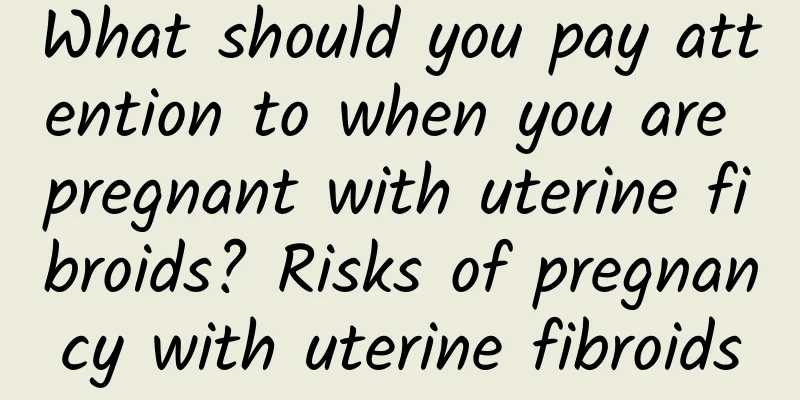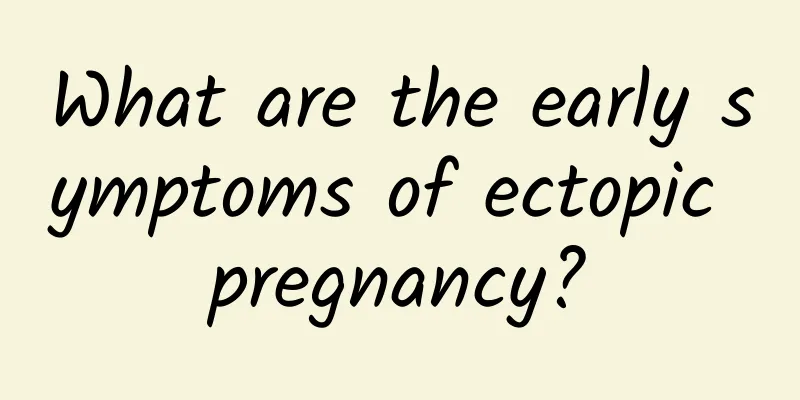What is endometriosis?

|
What is endometriosis? Endometriosis refers to the presence of endometrial tissue outside the uterus, also known as endometriosis. Ectopic endometrium can invade any part of the body, such as the umbilical cord, bladder, kidneys, ureters, lungs, pleura, breasts, and even arms and thighs, but most of them are located in the pelvic organs and parietal peritoneum. The ovarian ligament and uterosacral ligament are the most common, followed by the uterus and other visceral peritoneum, vaginal rectal diaphragm and other parts. Endometriosis is a hormone-dependent disease. After menopause, ectopic endometrial lesions can gradually shrink and absorb. Pregnancy or the use of sex hormones to suppress ovarian function can temporarily stop the development of the disease. Endometriosis has clinical manifestations similar to those of malignant tumors, such as implantation, infiltration, and distant metastasis. Continuous aggravation of pelvic adhesions, pain, and infertility are important clinical manifestations. The symptoms of endometriosis vary from person to person and also vary depending on the location of the lesion. The symptoms are closely related to the menstrual cycle. 25% of patients have no symptoms. The main symptoms of endometriosis are lower abdominal pain and dysmenorrhea, infertility and sexual discomfort. 1. Lower abdominal pain and dysmenorrhea Pain is the main symptom of endometriosis. The typical symptoms are secondary dysmenorrhea or progressive dysmenorrhea. The pain often occurs in the lower abdomen, lumbosacral and middle pelvic cavity. Sometimes the vagina, anus and thighs also hurt. It often occurs during menstruation and lasts throughout the menstrual period. A small number of patients may experience persistent lower abdominal pain and aggravated menstruation. 2. Infertility The infertility rate of patients with endometriosis is 40%. The main causes of infertility are: changes in the pelvic microenvironment affect the combination and transport of sperm and eggs, abnormal immune function leads to an increase in anti-endometrial antibodies, which destroys the normal metabolism and physiological function of the endometrium, and abnormal ovarian function leads to ovarian dysfunction, poor corpus luteum formation, etc. In moderate and severe cases, the transport of fertilized eggs may be affected by adhesions around the ovaries and fallopian tubes. 3. Unharmonious sexual life Most of them are located in the depressions of the rectum and uterus, with ectopic lesions or local adhesions that cause the uterus to be retroverted and fixed. Collisions or uterine contractions during sexual intercourse cause pain, usually manifesting as deep pain during sexual intercourse, especially before menstruation. 4. Menstrual abnormalities 15%-30% of patients with endometriosis experience excessive menstrual flow, prolonged menstruation, irregular menstruation, or premenstrual spotting, which may be related to ovarian parenchymal lesions, anovulation, corpus luteum insufficiency, or the combination of adenomyosis and uterine fibroids. The treatment of endometriosis should be selected according to the patient's age, symptoms, location and extent of the lesions, and fertility requirements, in order to reduce and remove the lesions, relieve and control pain, treat and promote fertility, and prevent and reduce recurrence. The lesions can be surgically removed or controlled with drugs. |
<<: What is the reason for not getting pregnant and not having menstruation?
>>: TCM treatment of uterine fibroids
Recommend
Abdominal pain in the first few days after intercourse in ectopic pregnancy
Ectopic pregnancy is clinically called ectopic pr...
Detailed description of the harmful manifestations of cervical hypertrophy
Among gynecological diseases, cervical hypertroph...
How to treat amenorrhea in women so that they can get pregnant
Amenorrhea affects pregnancy in women, and target...
Can you run a full marathon for longer? Do a glycogenotype overload a week before a race
Many people like to participate in full marathons...
What are the reasons for delayed menstruation? Most of them are caused by these 3 factors
Delayed menstruation is a common menstrual disord...
A review of the best sweet soups to warm you up in winter! Nutritionists teach you how to eat sweets without getting fat
During the winter solstice, people eat glutinous ...
Can Chinese medicine really treat cervical erosion? Try three Chinese medicines to treat cervical erosion
In today's life, many gynecological diseases ...
How do uterine fibroids form?
Uterine fibroids are a gynecological disease with...
What happened to my bloated stomach after abortion?
Most women choose abortion when they have an unex...
Abnormally thick and transparent vaginal discharge
Abnormally large amounts of transparent and stick...
What is the cause of Trichomonas vaginitis?
What is the cause of Trichomonas vaginitis? Vagin...
There are some dietary precautions to get rid of chronic bronchitis
Chronic bronchitis refers to a chronic nonspecifi...
Early symptoms of ovarian cysts can cause persistent dysmenorrhea in patients
The number of women suffering from ovarian cysts ...
Women aged 20 to 50 should read this! Eat like this to stay healthy
Everyone hopes that they can live to old age in g...
Nursing record of cervical precancerous lesions
Although milder cervical precancerous lesions are...









